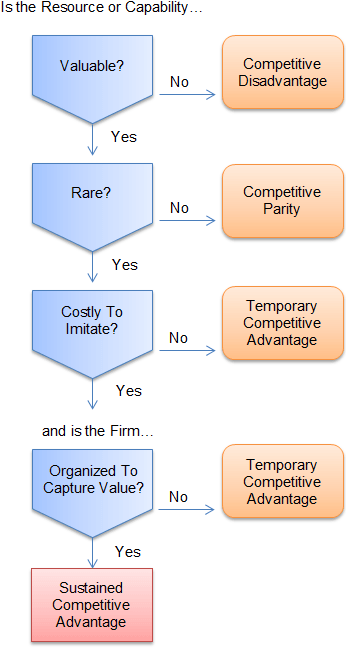Financial Statement Analysis Framework and Application
Post on: 18 Август, 2015 No Comment

Eshna
Framework and applications of Financial Statement Analysis
Financial Statement Analysis refers to the process of analyzing and assessing a companys financial statements to gain an understanding of its business model, financial performance. risk and profitability of the business.
The role of financial statement analysis is to utilize the information available in a companys financial statements (Balance Sheet. Income Statement, Cash flow Statement etc.), along with other relevant information, to make economic decisions. Key objective of financial statement analysis include assessing decisions such as whether to invest in the companys securities or recommend them to investors, and whether to extend trade or bank credit to the company. Analysts use financial statement data to evaluate past performance and current financial position of a company in order to form opinions about the companys ability to earn profits and generate cash flow in the future.
The framework for financial statement analysis may be broadly categorized into following six steps:
- State the objective and context . Determine what questions the analysis seeks to answer, the form in which this information needs to be presented, and what resources and how much time is available to perform the analysis.
- Gather data : Acquire the companys financial statements and other relevant data on its industry and the economy. Ask questions of the companys management, suppliers, and customers and visit company sites.
- Process the data : Make any appropriate adjustments to the financial statements. Calculate ratios. Prepare exhibits such as graphs and common-size balance sheets.
- Analyze and interpret the data : Use the data to answer the questions stated in the first step. Decide what conclusions or recommendations the information supports.
- Report the conclusions or recommendations . Prepare a report and communicate it to its intended audience. Be sure the report and its dissemination comply with the Code and Standards that relate to investment analysis and recommendations.
- Update the analysis: Repeat these steps periodically and change the conclusions or recommendations when necessary.

Common Size Analysis:
- Common-size financial statements allow an analyst to compare performance across firms, evaluate a single firm across time, and quickly view certain financial ratios.
- Vertical common-size ratios are stated in terms of sales (for income statements) or total assets (for balance sheets). Horizontal common-size financial sheet data index each item to its value in a base year.
- Stacked column graphs and line graphs can illustrate the changes in financial statement values over time.
Financial Ratio Analysis:
- Financial ratios can be classified as activity, liquidity, solvency, profitability, and valuation ratios. An analyst should use an appropriate combination of different ratios to evaluate a company over time and relative to comparable companies.
- Financial ratios can be classified as activity, liquidity, solvency, profitability, and valuation ratios.
- Activity ratios include receivables turnover, days of sales outstanding, inventory turnover, days of inventory on hand, payables turnover, payables payment period, and turnover ratios for total assets, fixed assets, and working capital.
- Liquidity ratios include the current, quick, and cash ratios, the defensive interval, and the cash conversion cycle.
- Solvency ratios include the debt-to-equity, debt-to-capital, debt-to-assets, financial leverage, interest coverage, and fixed charge coverage ratios.
- Profitability ratios include net, gross, and operating profit margins, pretax margin, return on assets, and operating return on assets, return on total capital, return on total equity, and return on common equity.
- Ratios used in equity analysis include price-to-earnings, price-to-cash flow, price-to-sales, and price-to-book value ratios, basic and diluted earnings per share. Other ratios are relevant to specific industries such as retail and financial services.
- Credit analysis emphasizes interest coverage ratios, return on capital, debt-to-assets ratios and ratios of cash flow to total debt.
Limitations of ratio analysis:
- Ratios are not useful when viewed in isolation.
- Different companies use different accounting treatments.
- Comparable ratios can be hard to find for companies that operate in multiple industries.
- Ratios must be analyzed relative to one another.
- Determining the range of acceptable values for a ratio can be difficult.
Business segments and geographic segments can be analyzed separately to provide more detail about a companys financial performance. Common-size financial statements and ratio analysis can be used to construct pro forma financial statements based on a forecast of sales growth and assumptions about the behavior of a firms financial ratios.














